
Kitsuki Castle Town
or How to Time-travel to Japan’s Edo Era

The thumb-shaped Kunisaki peninsula of Oita prefecture, which juts out from Kyushu’s northeastern coast, is truly a gem of a destination. Its attractions will appeal to travelers of all stripes, beginning with nature lovers and spiritual wanderers who will enjoy its lush forests, hiking and cycling trails, and numerous atmospheric temples and shrines. This is an excellent location to combine with a visit to the nearby retro bathing town of Beppu, which is famed as one of Japan’s top destinations for onsen (hot springs) culture.
When planning a Beppu-Kunisaki itinerary, a locale along the way that you won’t want to miss is the town of Kitsuki, located near the peninsula’s lower edge where Beppu Bay meets up with the Seto Inland Sea. A former castle town, Kitsuki’s streets are infused with an Edo-era essence that invites comparison with Japan’s ancient capital of Kyoto.

Kitsuki Castle, which was in active use from the late 14th through the late 19th centuries, is said to be the smallest among Japan’s castles. Located on the city’s eastern edge, it offers sweeping views of the seascape below. The grounds are open year-round for browsing, and include a small onsite museum housing samurai-era paraphernalia.
The city’s layout features a unique “sandwich-style” architecture, wherein dual samurai quarters are located atop two separate plateaus on the city’s northern and southern ends, from which descend several slopes that lead down into the merchant district below.

Both the northern and southern quarters are home to numerous bukeyashiki (samurai residences), which have been restored and are open to visitors. The most stately among these is the Ohara-tei, located in the northern quarter. Home to the Matsudaira clan, which ruled during the feudal era, the estate’s features include a thatched roof, earthen walls, and a picturesque garden.

One aspect of life for samurai towns during the feudal era was the positioning of checkpoints to monitor peoples’ comings and goings, with travel being forbidden past a certain hour of the day. See the Kitahamaguchi Guardhouse, located in Kitsuki’s northern quarter, which is the one remaining checkpoint among the city’s previous total of five.

The city’s slopes themselves are intriguing landmarks in their own right. Descending from the northern district is Suyanosaka, named after the vinegar shop which once stood at its foot. The slope directly opposite it, which leads down from the southern quarter and is known as Shioyanosaka (named after a salt shop), boasts iconic views of the Kitsuki medieval townscape that make it a popular filming spot for television crews.

Also descending from the southern district is the Tenjin-zaka slope, which is flanked by several visit-worthy locales. Stop for tea at the traditional Edo-era Ochadokoro Tomaya tea shop to the east, and walk the Tenman-sha shrine’s grounds to the west, which is home to the Tenjin festival during summer that has more than 300 years of history.

Festivals are an important part of Kitsuki’s local calendar, with numerous events held throughout the year, including the Kitsuki Castle festival. In an effort to promote its historical roots, Kitsuki also actively encourages visitors to tour the city’s attractions while bedecked in traditional kimono dress, with many places offering discounted entry for those who do. Wear your own kimono, or rent one at the local Warakuan shop. After all, not wearing one in this historical town might make you stand out more.
There are numerous additional local crafts and treats on offer in Kitsuki that you’ll want to make time to enjoy: miso crafted from barley at the Ayabe miso shop located in a restored merchant house; oysters fetched from the adjacent Morie Bay; Nakano Shuzo, the city’s only sake brewery; and shops selling katana swords and other local wares.
The baths of Beppu or the natural wilds of the Kunisaki peninsula may be beckoning you; but you’ll want to stop, slow down on your way there, and take your time to explore the many offerings of Kitsuki castle town.

Kimberly Hughes
Kimberly Hughes is a freelance writer, translator, and community organizer who is originally from the desert of the southwestern U.S. and has been based in Tokyo since 2001. She is somewhat addicted to global travel, and also loves cooking, gardening and reading.
 Enjoy The Relaxing Nature And Intriguing History Of Unesco World Heritage Amakusa
Enjoy The Relaxing Nature And Intriguing History Of Unesco World Heritage Amakusa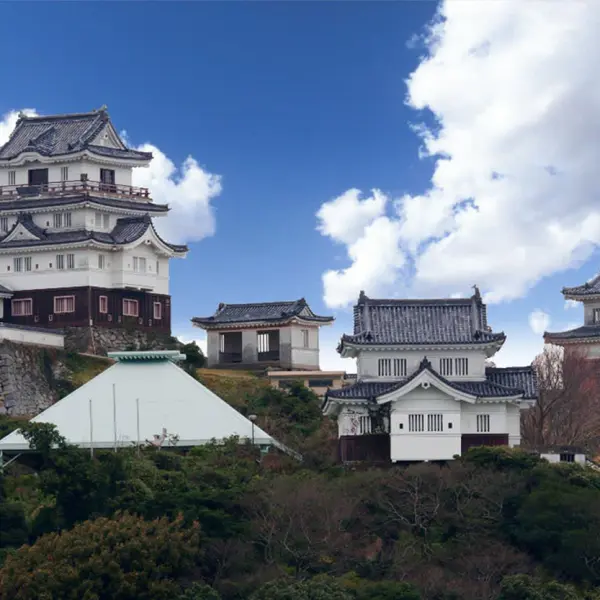 Hirado Castle Stay
Hirado Castle Stay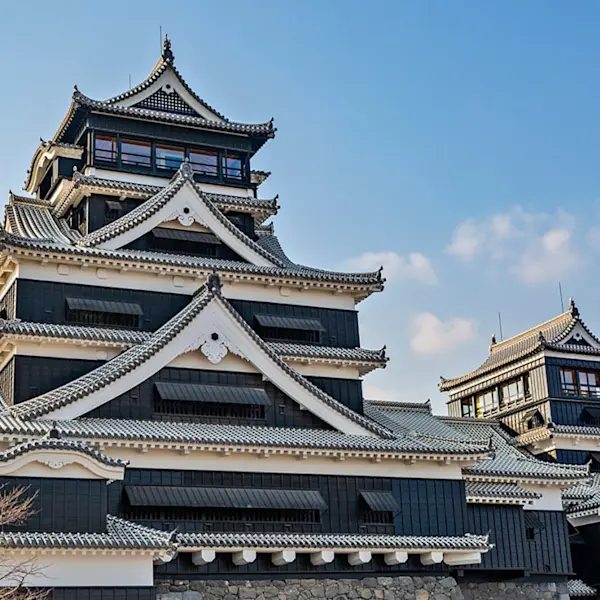 Kumamoto Castle: Exploring the History
Kumamoto Castle: Exploring the History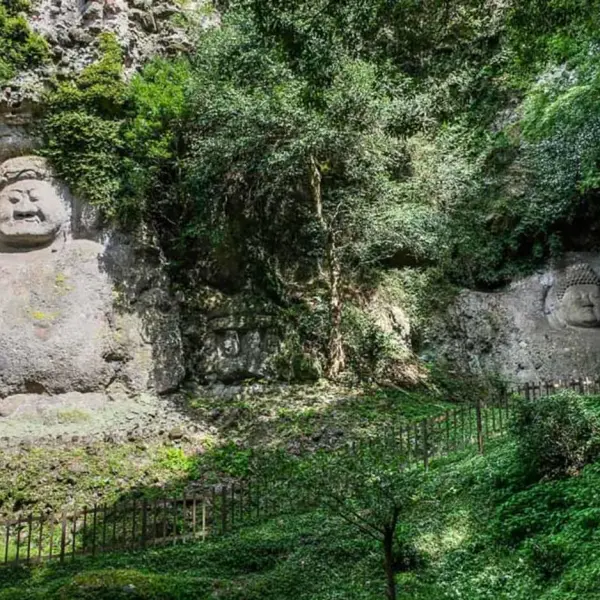 The Spiritual Trek of Kunisaki’s Rokugo Manzan Temples and Sites
The Spiritual Trek of Kunisaki’s Rokugo Manzan Temples and Sites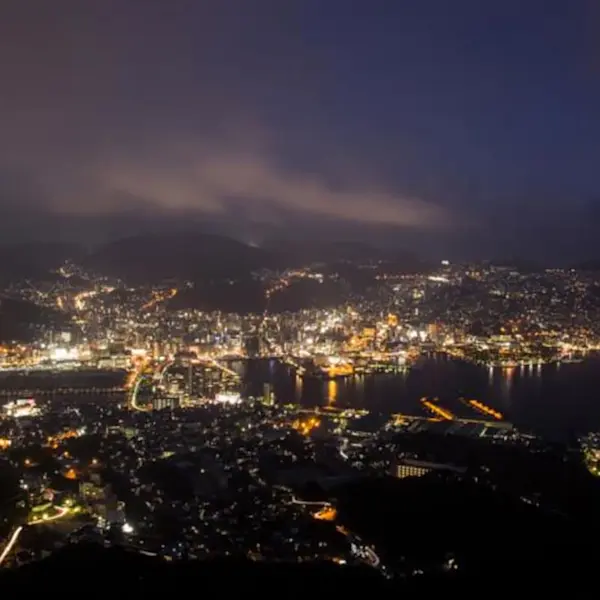 Trade, War and Religion: The Many Faces of Nagasaki City
Trade, War and Religion: The Many Faces of Nagasaki City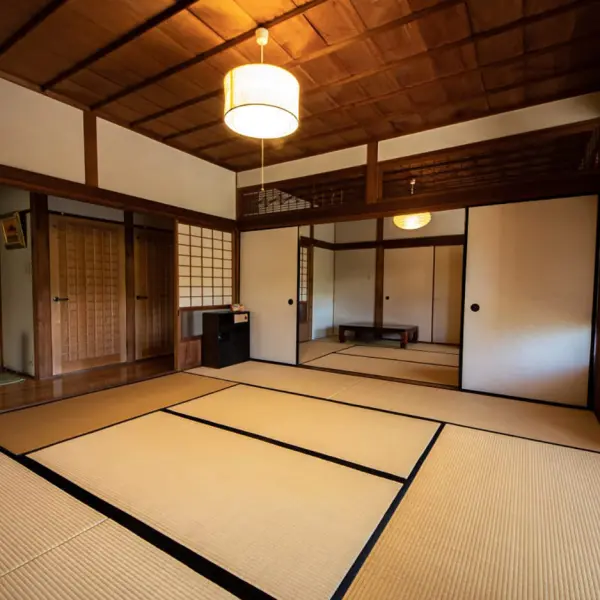 Exploring Obi Castle
Exploring Obi Castle Kitakyushu Highlights: Kokura Castle and Kawachi Wisteria Garden
Kitakyushu Highlights: Kokura Castle and Kawachi Wisteria Garden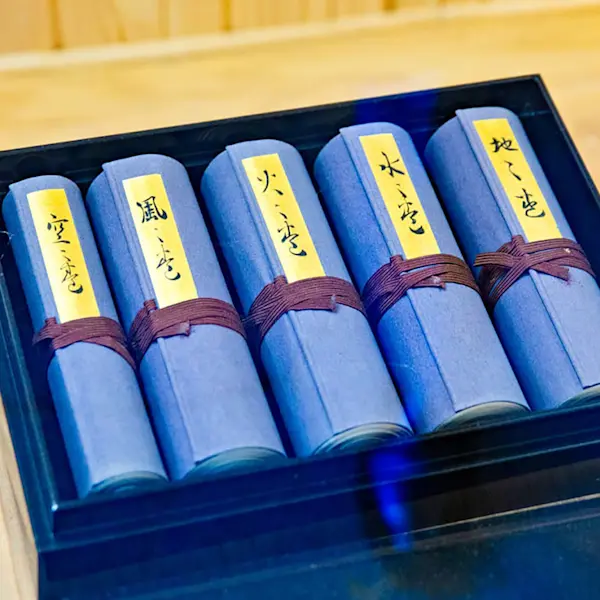 Musashi Miyamoto: Perhaps the Best Samurai Swordsman in Japan
Musashi Miyamoto: Perhaps the Best Samurai Swordsman in Japan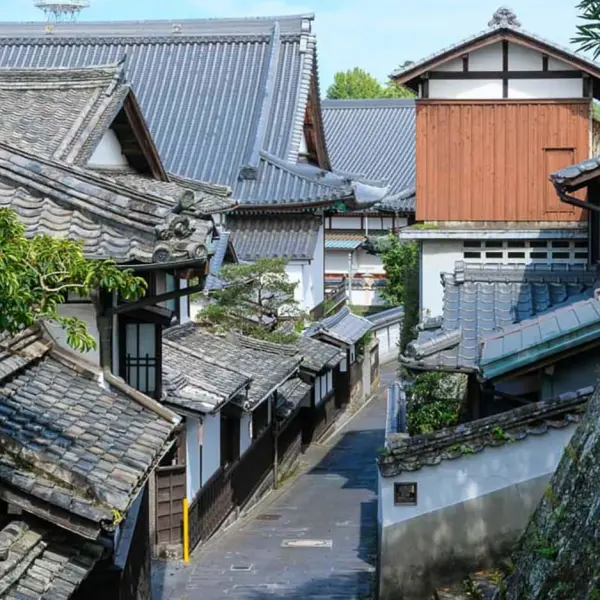 Usuki's Samurai District and Edo Period Castle Town
Usuki's Samurai District and Edo Period Castle Town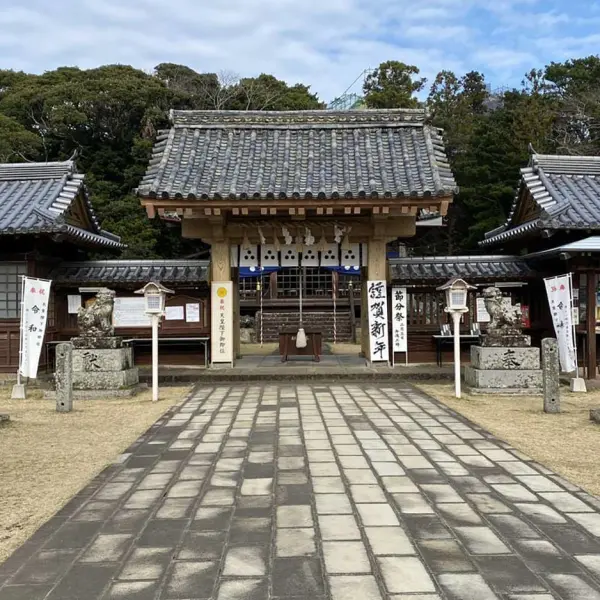 Hirado Matsuura Clan: Over 1,000 Years of History
Hirado Matsuura Clan: Over 1,000 Years of History




